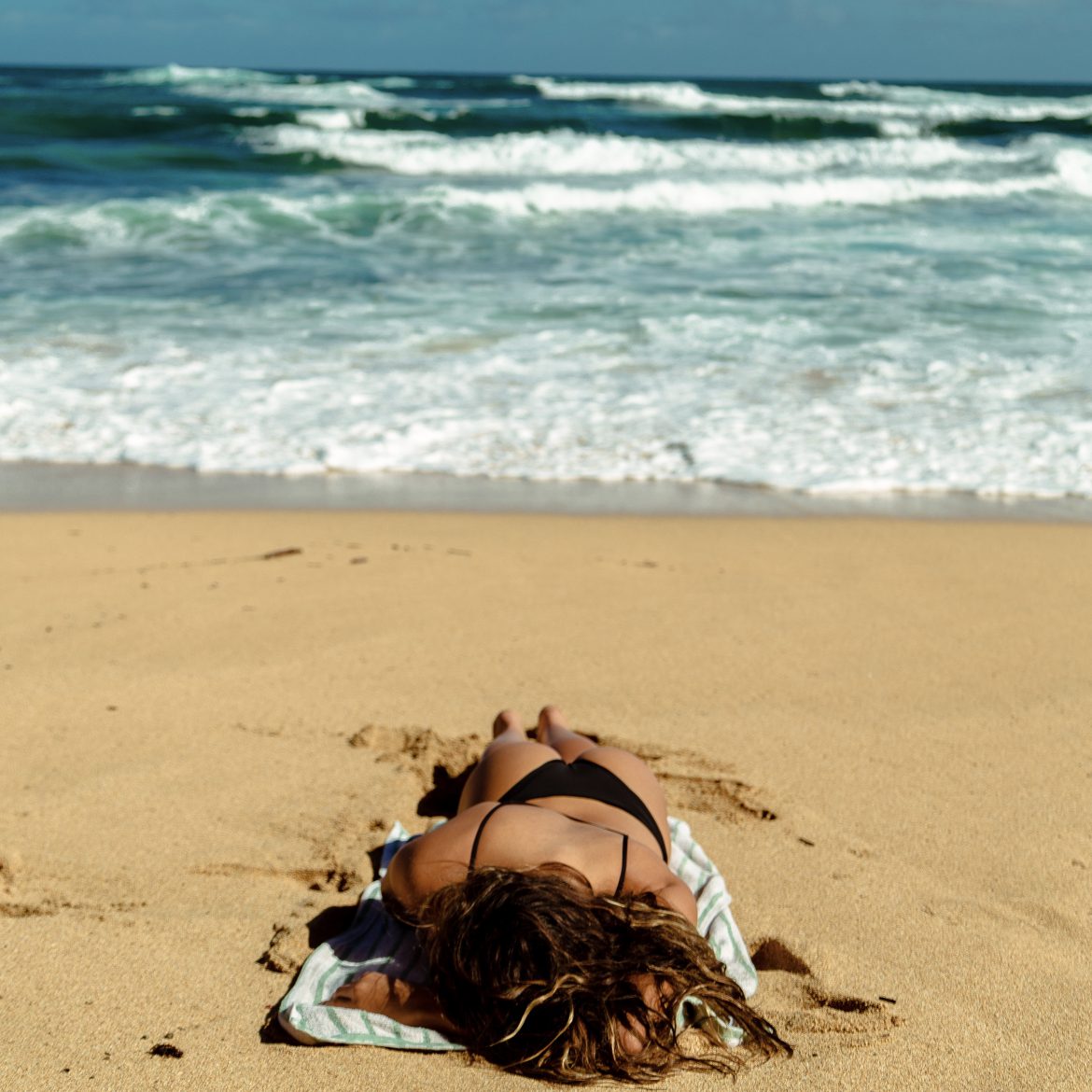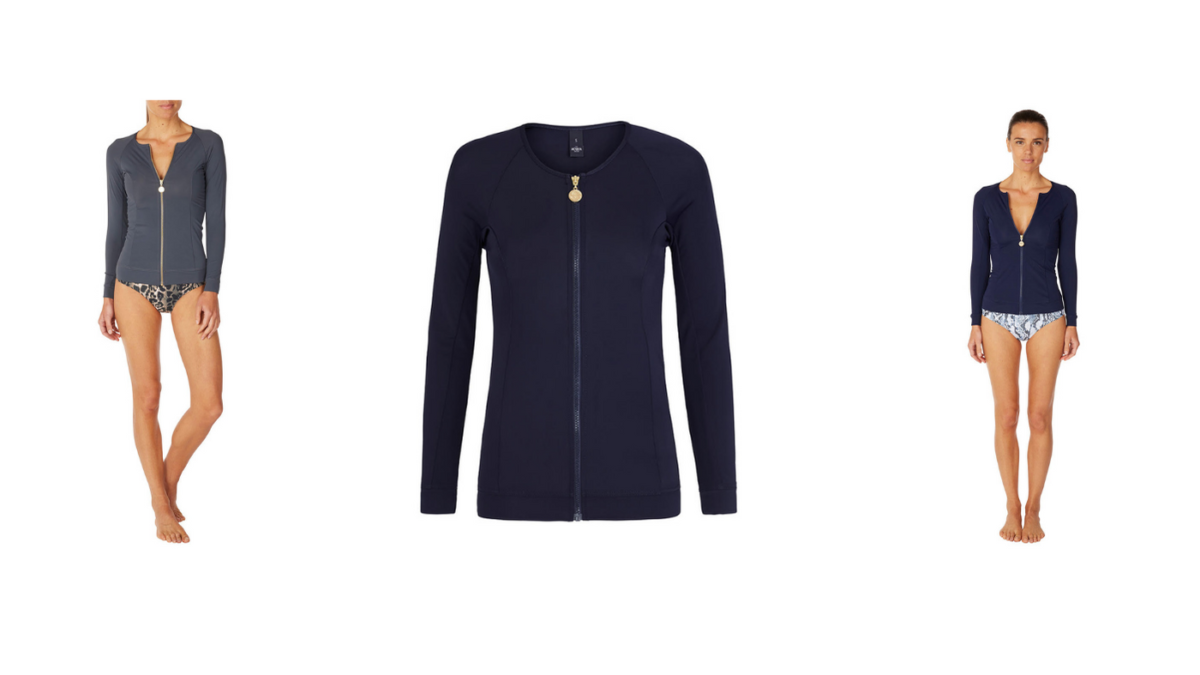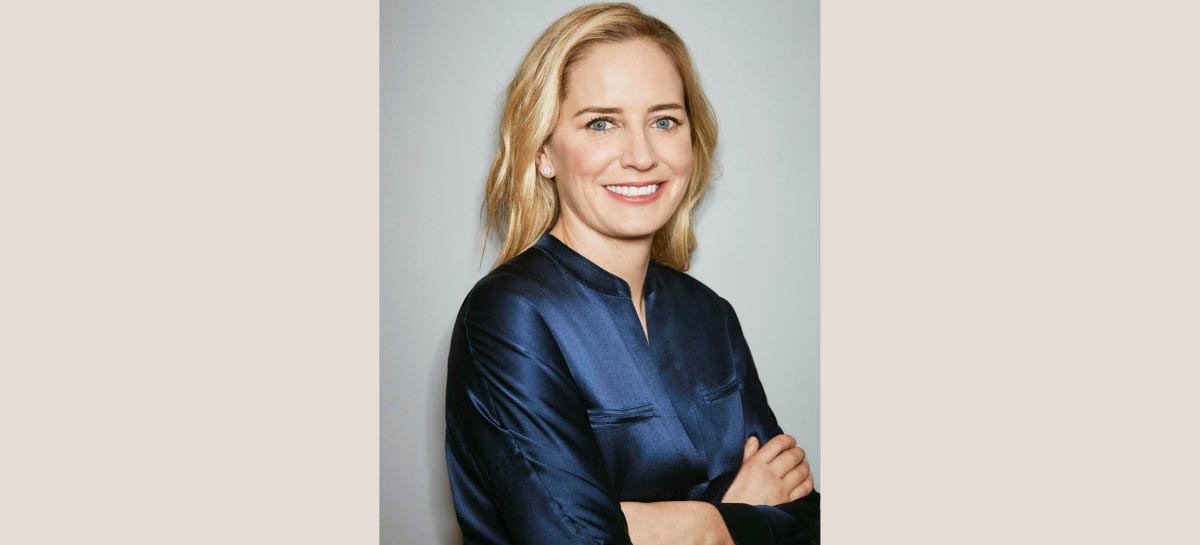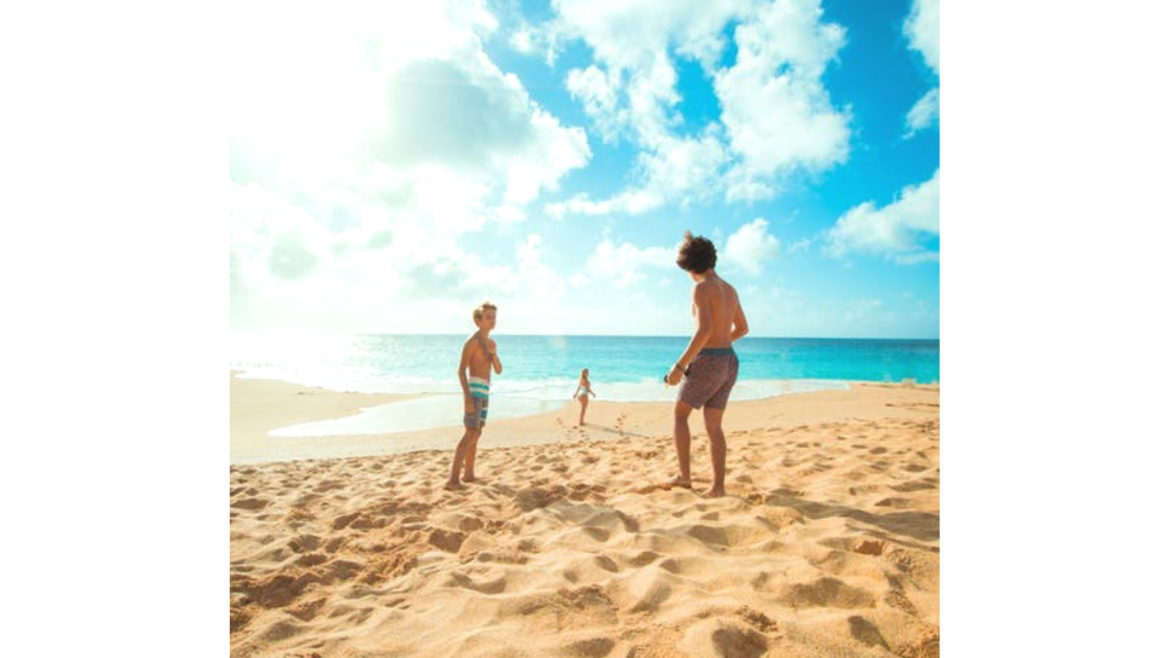Every summer, the question on everyone’s mind is “What type of sunscreen should I use?” When I first started practicing dermatology, there were just a handful of options to choose from. Now, there are so many choices: which SPF? Mineral or chemical? Spray or lotion? It’s overwhelming, even for dermatologists!
Let’s breakdown the basics, and I’ll share some of my favorites.
Mineral vs. Chemical
Sunscreens come in three primary formulations: mineral, chemical, or a mix of the two. There’s no conclusive evidence that one is superior to the other as far as sun protection goes, but certain formulations work better for different skin types.
The active ingredients in mineral sunscreens are titanium dioxide or zinc oxide, two substances that physically block UV rays from harming our skin by reflecting the rays away. Remember Zinka? That was neon zinc oxide. Newer, everyday formulations are nearly invisible, with many tinted versions blending into skin seamlessly.
Chemical sunscreens work by absorbing the UV rays, converting them to heat, thus deactivating them before they get to the skin’s surface. Familiar ingredients are oxybenzone, octinoxate, octisalate and avobenzone. The FDA recently announced that oxybenzone and octinoxate have been associated with coral reef deaths and have banned them from sunscreens by 2021.
While I am partial to mineral-based sunscreens because of the physical protection they offer, they can be more drying than the chemical ones, so it’s important to moisturize regularly when using.
SPF aka Sun Protection Factor
SPF is the percentage of UV rays blocked from the skin’s surface; but the percentage doesn’t increase proportionally to SPF increase. For example, SPF 30 blocks 96.7% of rays while SPF 50 blocks 98% of rays. It’s a complicated formula, but the important thing to remember is aim for at least 30, but we do 50+ in my family.
It’s also important to reapply to stay protected. Once every 60-90 minutes is a good rule of thumb.
Choose Broad-Spectrum, Always
Ultraviolet radiation comes in two harmful forms. UVA rays which cause the damage we associate with aging (i.e. wrinkles). UVB rays cause sunburn which puts us at a greater risk for skin cancer. Always choose a sunscreen labelled broad-spectrum because it protects against both UVA and UVB rays. Win-win!
Lotion > Spray
I want to love spray sunscreens because they are just too easy to apply, especially when it’s time to get the kids lathered up. Unfortunately, they just aren’t as effective due to the fact that much of the sunscreen doesn’t get to exactly where it needs to go. Stick with lotion and you know how much and where you’ve applied. Rub it in until no residue remains.
*Exception: There is one mineral-based spray sunscreen I found to be effective—read about it in my favorites below!
A Shot Glass Worth?
Sort of. The amount of sunscreen applied certainly depends on your body size, and a shot glass worth (1.5 ounces) makes sense for taller adult men. But for shorter women and children it can be less. I like to break it down this way, which ends up equalling about 1 ounce:
Face + Neck + Ears: 1 teaspoon
Arms + Hands: 1 teaspoon each arm
Legs + Feet: 2 teaspoons each leg
Torso + Back: 2 teaspoons both front and back
Everyday, Really?
Yes, sunscreen on the face, neck, and décolletage is essential to prevent sun-related aging, also known as photo-aging. In the summer, when the sun is a bit more intense, I recommend lathering up all exposed areas.
Apply First. Then Get Dressed.
Avoid the annoying sunscreen-on-clothes situation by applying sunscreen, waiting 10 minutes for it to soak in, and then getting dressed. It took me way too long—and too many sunscreen-streaked clothes—to realize this. This also allows the sunscreen to get absorbed thus increasing its efficacy.
My Top Sunscreen Picks:
Face: EltaMD UV Elements Broad-Spectrum SPF 44* (water resistant, 100% mineral sunscreen); Neocutis Journee Bio-Restorative Day Cream SPF 30* (everyday, chemical sunscreen)
Body: Sun Bum Mineral Lotion SPF 50; Sun Bum Mineral Spray Sunscreen SPF 30 (This is the most effective spray sunscreen I’ve found)
Kids Face & Body: Baby Bum Mineral Sunscreen Lotion SPF 50 and Baby Bum Mineral Face Stick SPF 50
Remember that sunscreen is just one part of the equation. Hat, sunglasses, and avoiding the sun at peak times (10am-4pm) are other crucial steps to prevent damage from harmful UV rays.
Stay safe,
Dr. Dolder
*You can find these products in our office on your next visit




